
Monochrome Magic

At Africa Geographic, we make it our mission to celebrate amateur photography. We believe that you don’t have to be a professional to capture a compelling and powerful image.
Perhaps the best example we can think of is the winner of our Photographer of the Year 2017 competition – amateur photographer, John Vosloo. This gallery aims to showcase and celebrate some of his best artistic work. He says that he is still high on the proverbial moon after winning the competition with this remarkable photograph.
John spends most of his spare time taking wildlife photos in his backyard of the Eastern Cape, South Africa – where he frequents the Addo Elephant National Park. He has been on a four-year mission to improve his photography and to capture the region’s stunning wildlife.
Here are some of the fruits of that journey – inspiration for budding wildlife and conservation photographers who dream of having their photos published. He also gives us his thoughts on having the opportunity to see his photos published in our 2017 Yearbook:
“This photographic concept gives viewers, who may not be fortunate to have the opportunity to see Africa’s magnificent wildlife for themselves, the opportunity to see these high-quality photos and to deeply experience the messages portrayed through them. This, in turn, provides an important platform to promote biodiversity awareness, which ultimately promotes nature conservation at large. By merely having entered our photographs in this contest, we are playing a vital role in promoting conservation, which begs for as much publicity as possible. Publicity which will hopefully lead to action.”
We are very proud to be associated with amateur photographers like John, and others like him, who passionately celebrate Africa and allow us the privilege of sharing that passion with our audience.
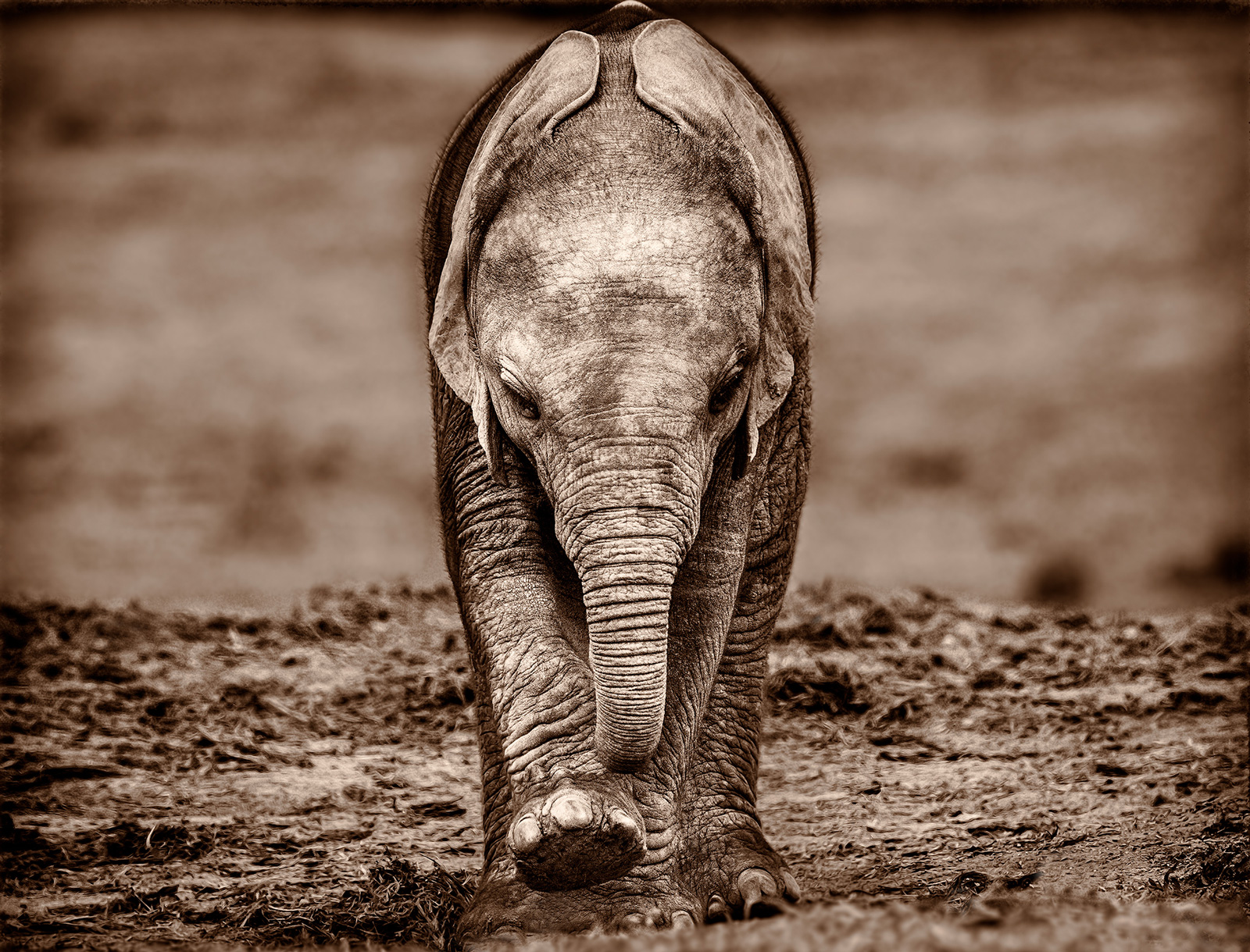
? Addo Elephant National Park, South Africa © John Vosloo
Baby elephants are always curious and playful. Although this little chap appears to be on his own, they are usually under the vigilant watch of the rest of the adults and sub-adults in the herd.
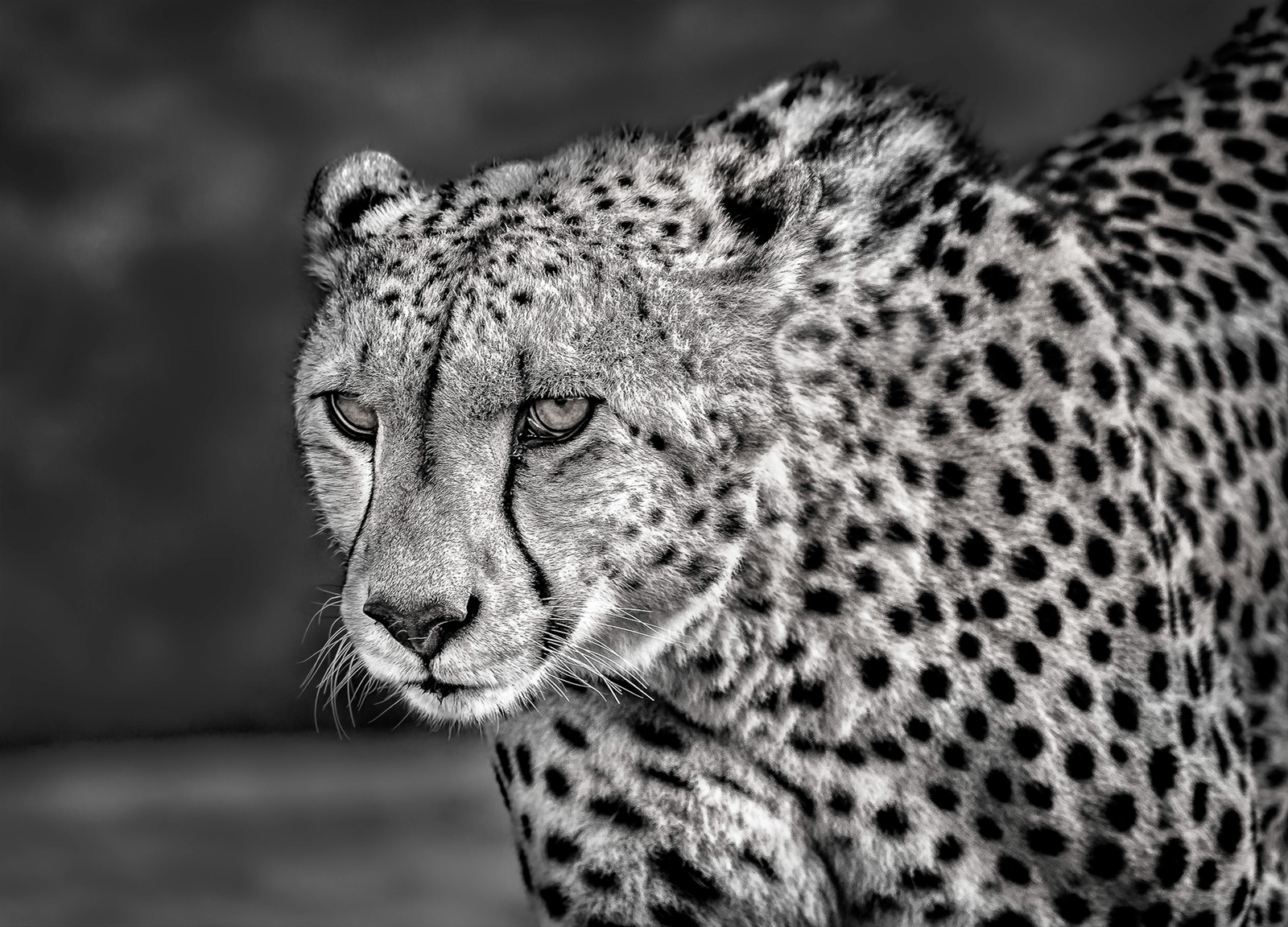
? Addo Elephant National Park, South Africa © John Vosloo
The intensity and focus in the eyes of a cheetah are awe-inspiring, and always something to be marvelled at. Of the three big cat species, cheetahs are the only ones who are diurnal – they are more active in the day and generally hunt during daylight hours. They also have a unique social structure involving solitary females and social males.
There are estimated to be fewer than 7000 cheetahs left in the wilds of Africa today. The opportunity to see these elegant and graceful cats anywhere in the wild is a rare and special privilege.

? Cerebos Salt Pans, Eastern Cape, South Africa © John Vosloo
Birdlife is amazingly abundant at these lesser-known salt pans, which are a sanctuary for an enormous mixed flock of greater and lesser flamingos. The pans are one of the few viable breeding grounds for flamingos in the Eastern Cape.
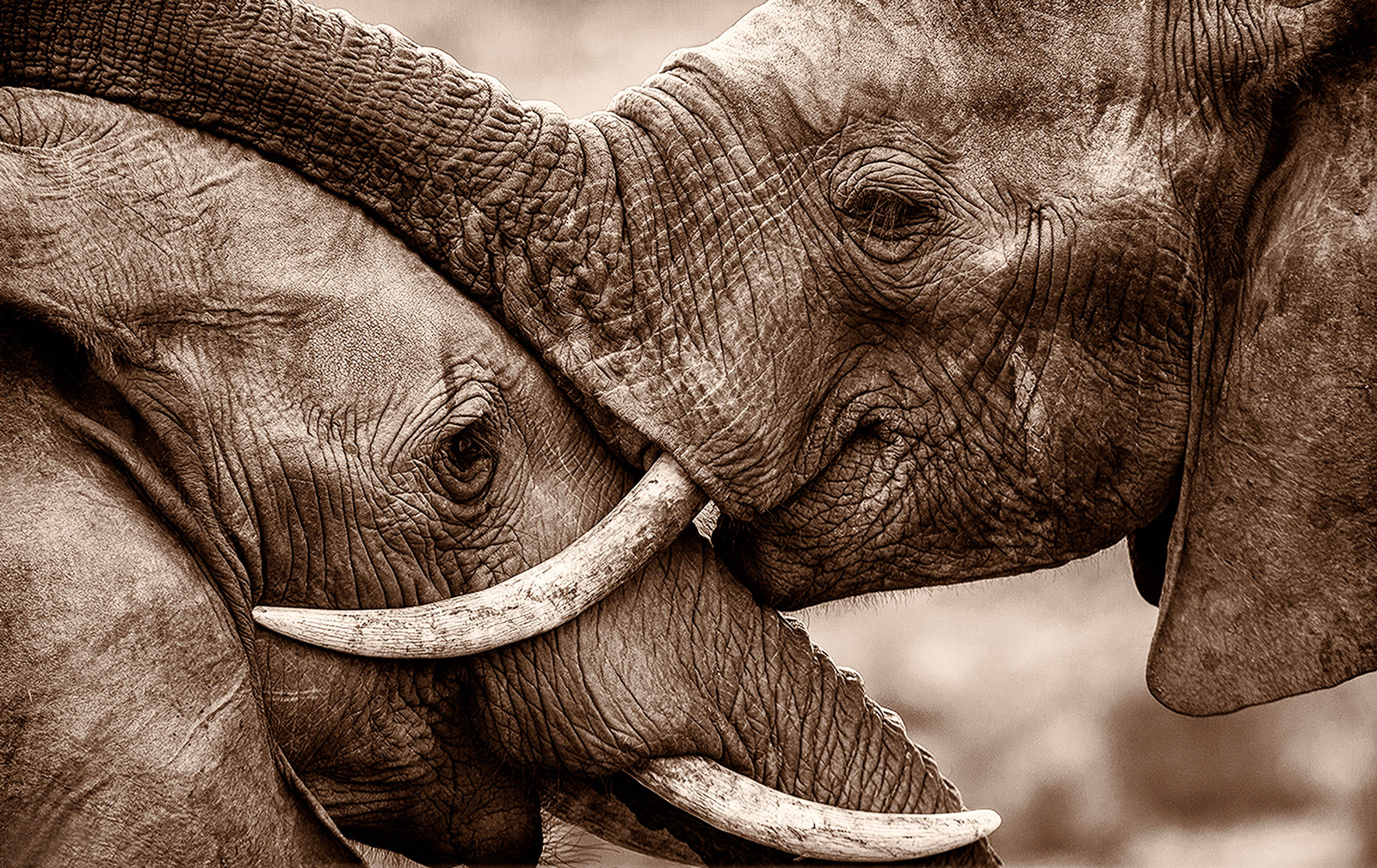
? Addo Elephant National Park, South Africa © John Vosloo
Young bull elephants are renowned for showing intimacy and greeting each other with affection. In the elephant world, family links are strong and powerful. It is a touching and heartwarming sight to see the way they interact with each other.

? Addo Elephant National Park, South Africa © John Vosloo
A zebra inspects and sniffs a tiny plant, an action that eventually led to it sneezing. The mesmerising intricacy and perfection of a zebra’s stripes seen up close could be studied for hours. Just another of Africa’s iconic sights.
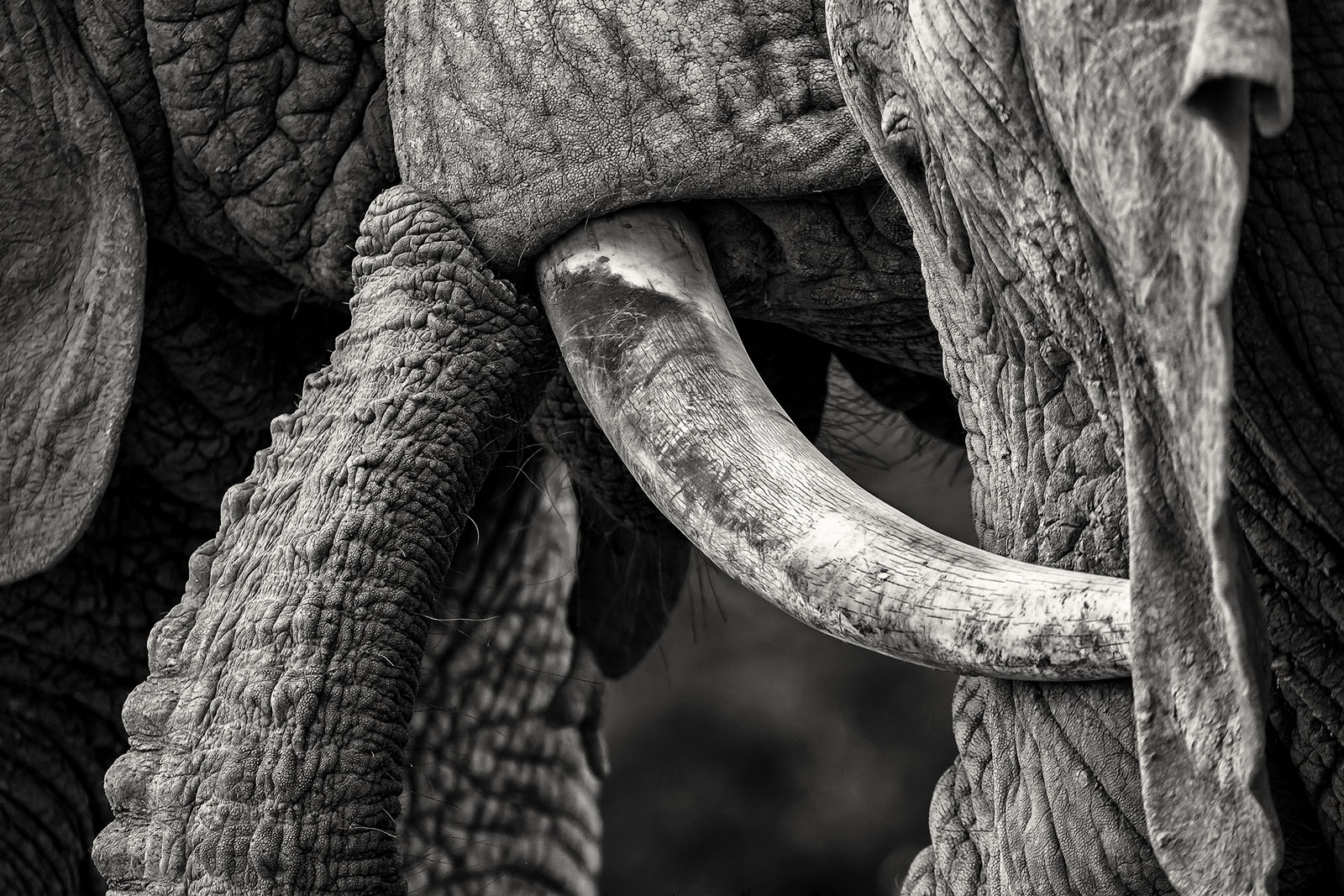
? Addo Elephant National Park, South Africa © John Vosloo
Getting the primary symbolic and powerful features of the majestic elephant in one photo: the trunk, tusk, ear and eye. Sadly, their tusks have been wrongfully celebrated as possessions for centuries, leading to a scourge of poaching across Africa and their current status at ‘Vulnerable’ on the IUCN Red List of Threatened Species.

? Addo Elephant National Park, South Africa © John Vosloo
Only a true lioness can make yawning look raw, powerful and beautiful all at the same time. One of Africa’s most iconic and spectacular sights.
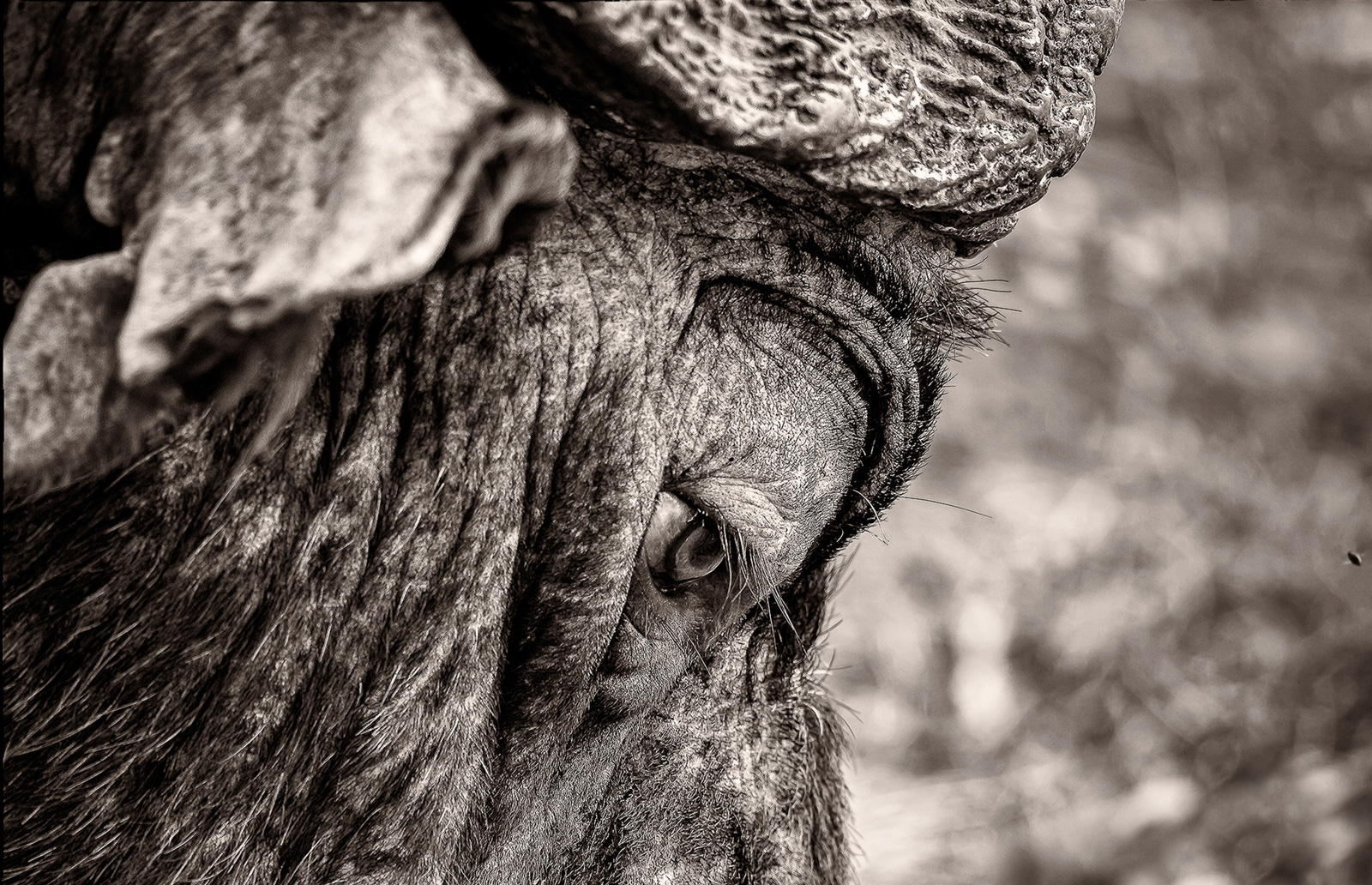
? Addo Elephant National Park, South Africa © John Vosloo
‘Dagga Boys’ – male buffaloes that have been kicked out of the herd to spend the rest of their days alone – are some of the most dangerous creatures in all of Africa, and many wild bush stories involve unfortunate encounters with them. It is rare to get so close to them to capture an intimate photo like this one.
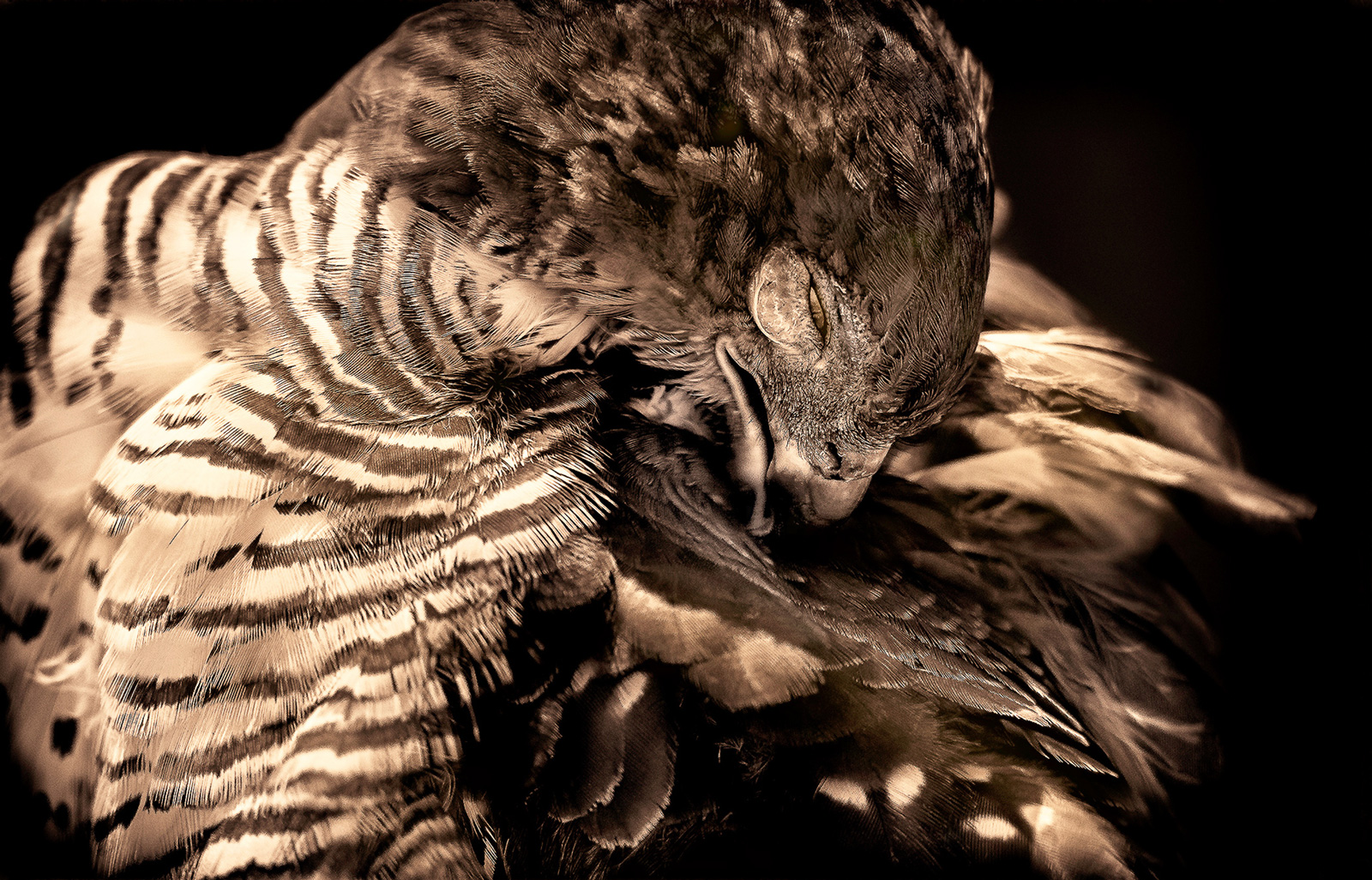
? Addo Elephant National Park, South Africa © John Vosloo
An African goshawk exquisitely captured preening its feathers. Birds preen their feathers to keep them in tip-top condition – the process involves the uropygial (or preen) gland secreting an oily substance that contains wax to help waterproof the feathers and keep them flexible.

? Addo Elephant National Park, South Africa © John Vosloo
For their size, elephants move in an uncannily ordered manner in their herds, especially when they are on a mission to drink. An adult elephant can drink up to 50 gallons of water a day – as much as a household bathtub.
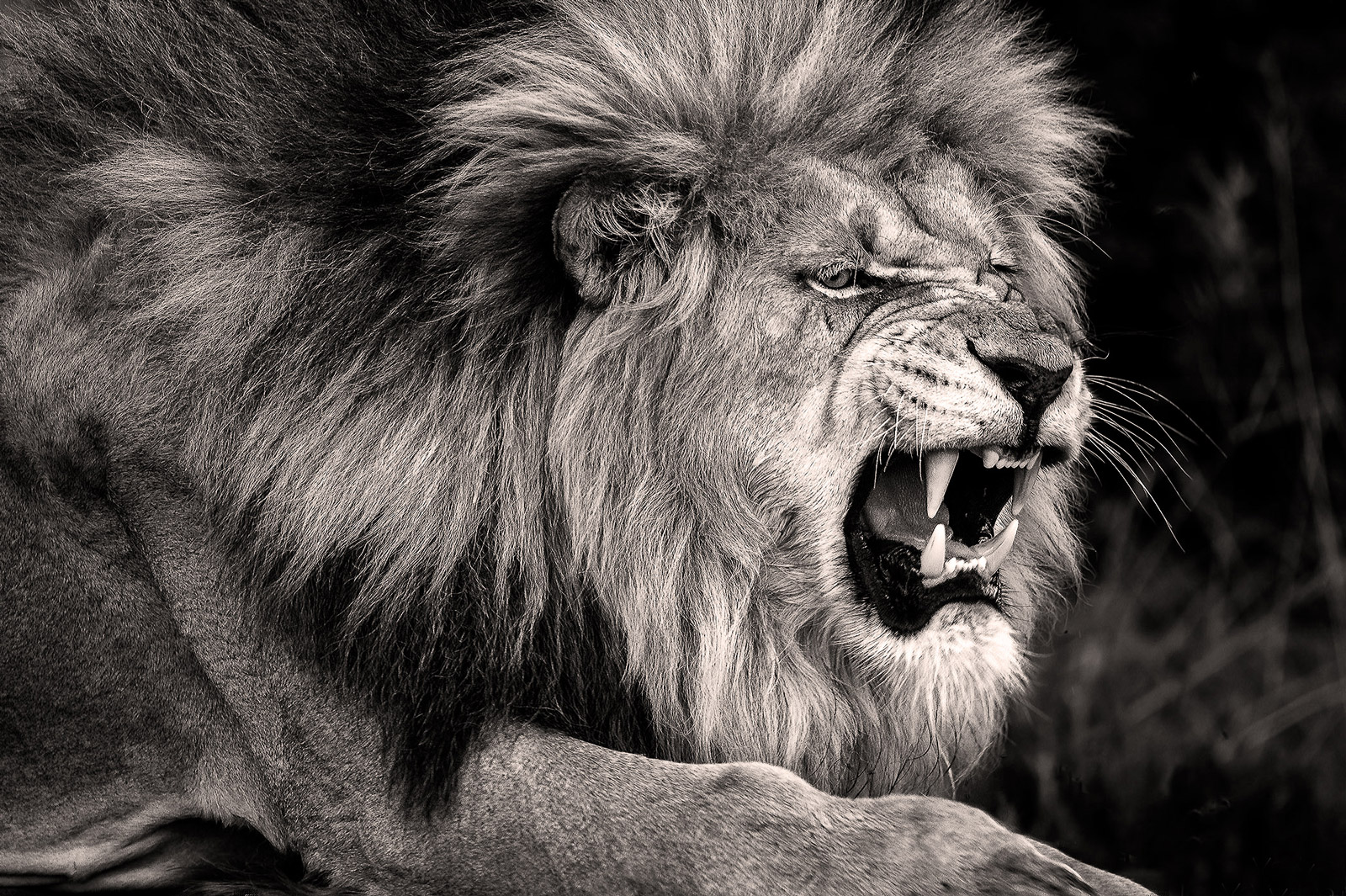
? Mountain Zebra National Park, South Africa © John Vosloo
A male lion letting all and sundry know he is there, awake and not about to take any nonsense whatsoever. After 130 years of their absence, lions were successfully reintroduced back into the park in April 2013.
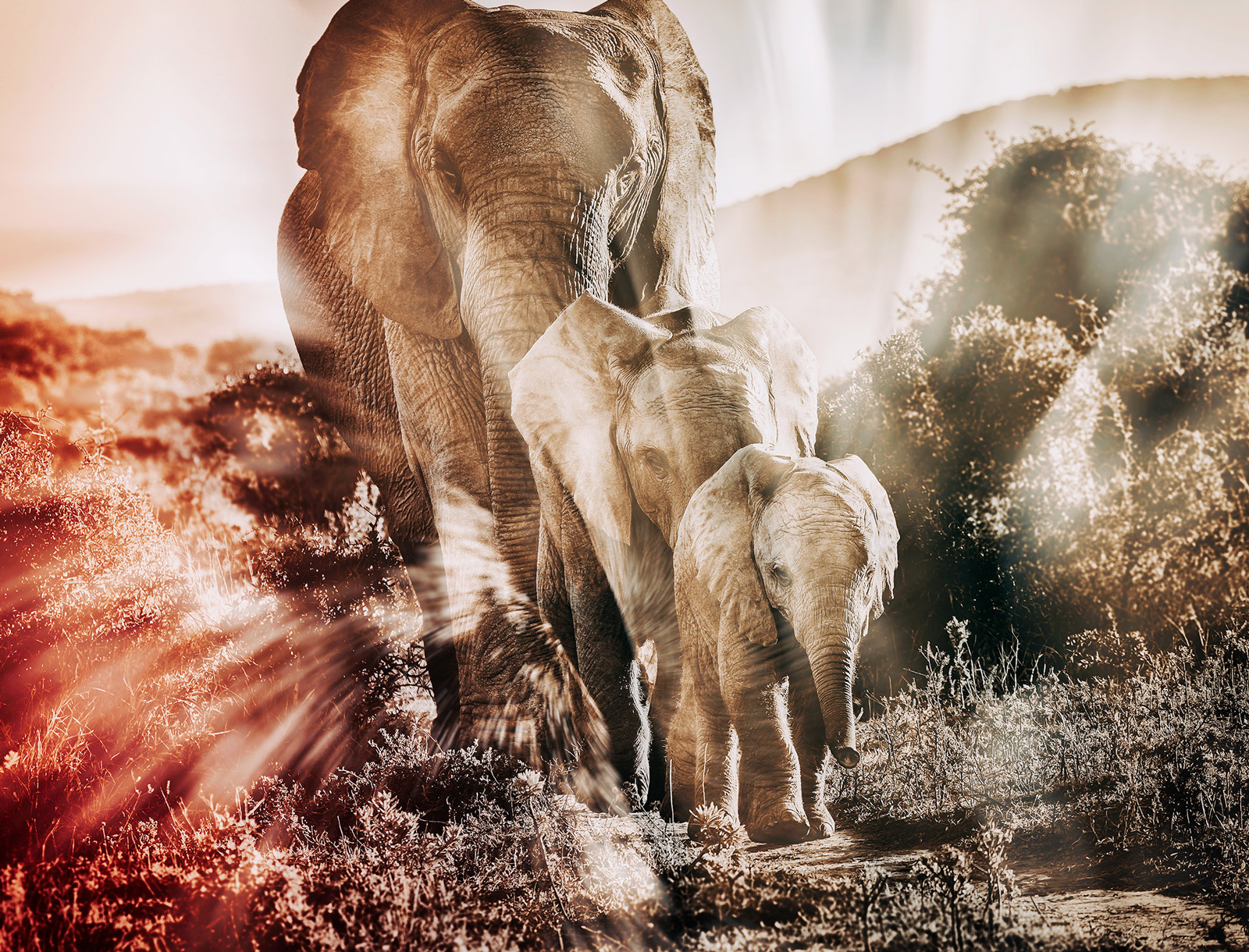
? Addo Elephant National Park, South Africa © John Vosloo
From biggest to smallest – elephants walking in single file in dazzling light. Elephants will often let their little ones lead the way in a group, placing trust in them and encouraging them to build their confidence in the wild world.
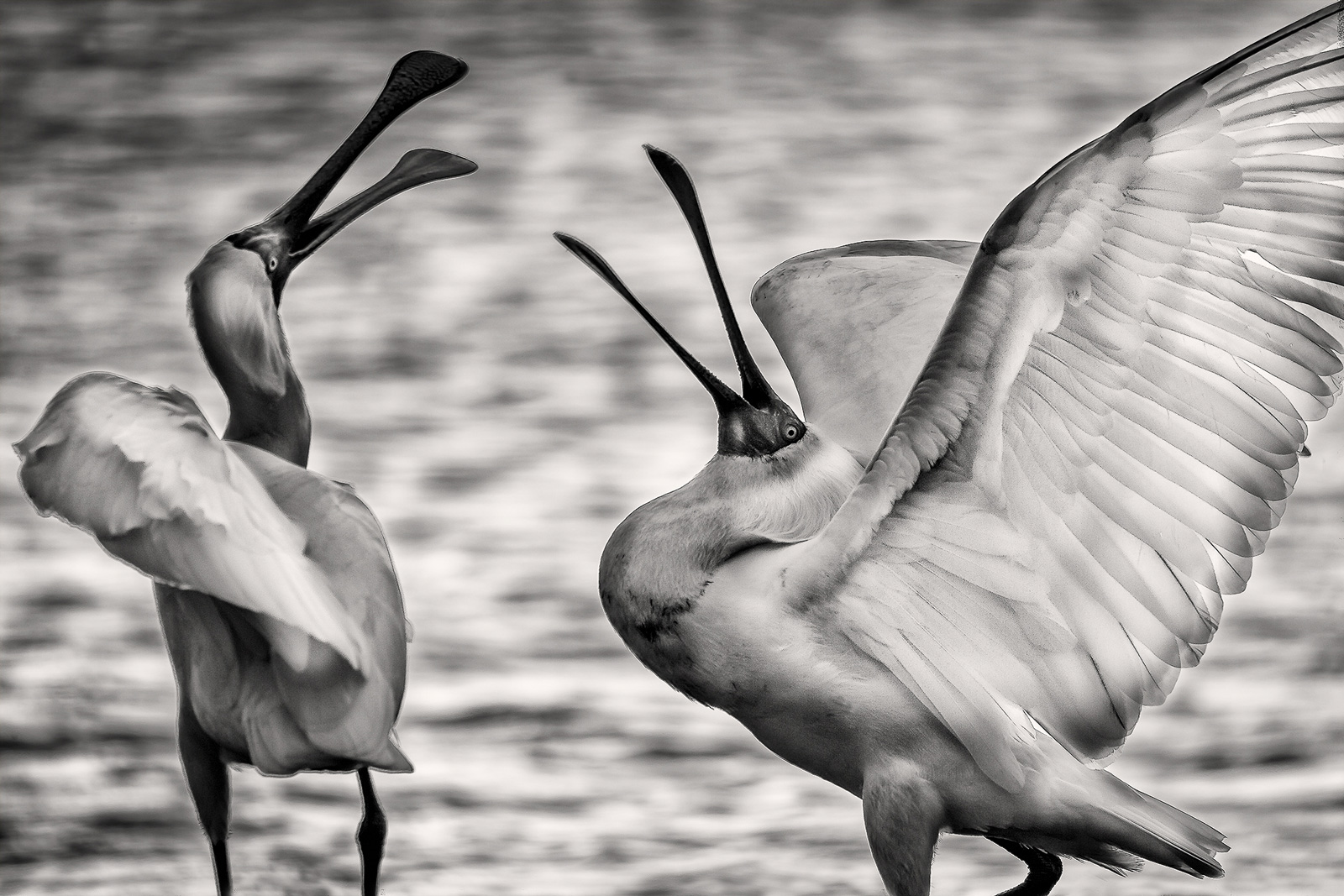
? Cerebos Salt Pans, Eastern Cape, South Africa © John Vosloo
A spectacularly captured photo of the rarely seen interaction between two African spoonbills. The spoon shape of their bills makes it easier to grab slippery prey that might try to escape when they hunt in muddy, shallow waters. They feed by sticking their wide bills into the water and sweeping from side to side.
To comment on this story: Login (or sign up) to our app here - it's a troll-free safe place 🙂.![]()




